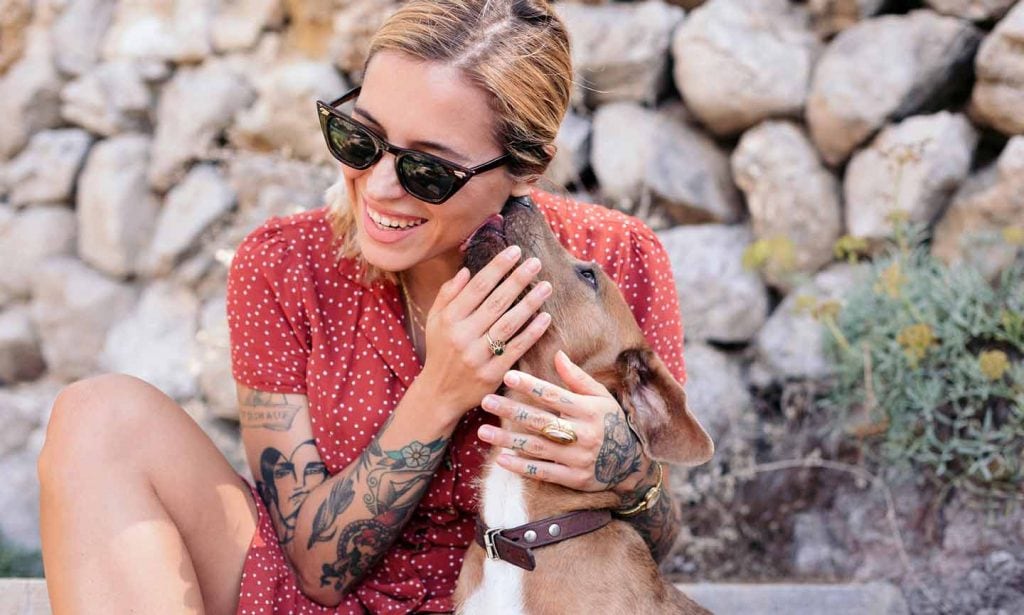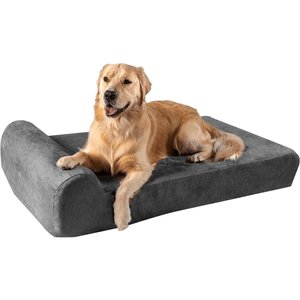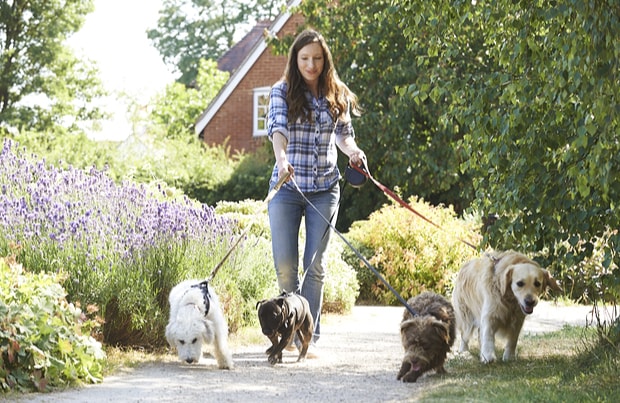Delia Garcia has closets full of custom-made designer goods. She counts sunglasses, handbags and bespoke Chanel, Fendi and Louis Vuitton garments among her prized possessions. She just added a made-to-order “blinged out” jean jacket to her collection. But these luxuries aren’t for Garcia. They’re for pampering her pets, a Miniature Pinscher named Mia and a Maltese called Milu.
“I know it sounds weird, but I really do treat my dogs like they’re my children,” says Garcia, who’s also created a sitting area in her Victorville, California, home for the dogs with a fancy princess bed and sofa, and feeds her pups a high-quality diet recommended by her vet. “My sister tells me all the time, ‘You're so crazy. It's a dog, you're her master.’ I’m like, ‘I’m not her master, I’m her mommy.”
When it comes to pet pampering, Garcia is far from alone. As pet adoptions and fosters spike across the country, animal lovers are treating their companions with more love and respect than ever before—and that translates into higher-quality food, treats, toys and more for our furry friends. In 2019, American pet owners spent $95.7 billion on their companions, nearly double the $48.35 billion forked out a decade ago. And the trend goes far beyond designer clothes. From furniture and accessories to necessities like beds, healthcare and food, pet parents are making sure their favorite furry friends get the best life has to offer.
Pet industry experts credit the rise in pet pampering to Millennial pet parents who see their pets as members of the family. It’s a simple idea, really: We truly love our pets, so we invest in their health and happiness. So exactly how do pet parents pamper their dogs and cats? We’re breaking down the biggest trends in pet pampering.

1 Gourmet Meals
Feeding higher quality food to your dog or cat might sound like pet pampering at first, but for parents concerned about their pets’ wellness, it’s simply the right thing to do. Just ask Kelly Dobkin, 39, a Los Angeles cat mom whose 14-year-old cat Sammy refuses any food that comes out of a can. “I always put it in a dish but he can still tell,” she says.
Because Dobkin worries about Sammy’s kidney health and wants him to have at least a partial diet of wet food, she spends more than $30 for 12 wet food “appetizers” that come packaged in plastic pots, in addition to the high-quality dry Solid Gold Katz-n-Flocken Lamb & Brown Rice Recipe she’s been feeding him since he was a kitten. “I probably spend $100 a month between dry food and appetizers,” she says.
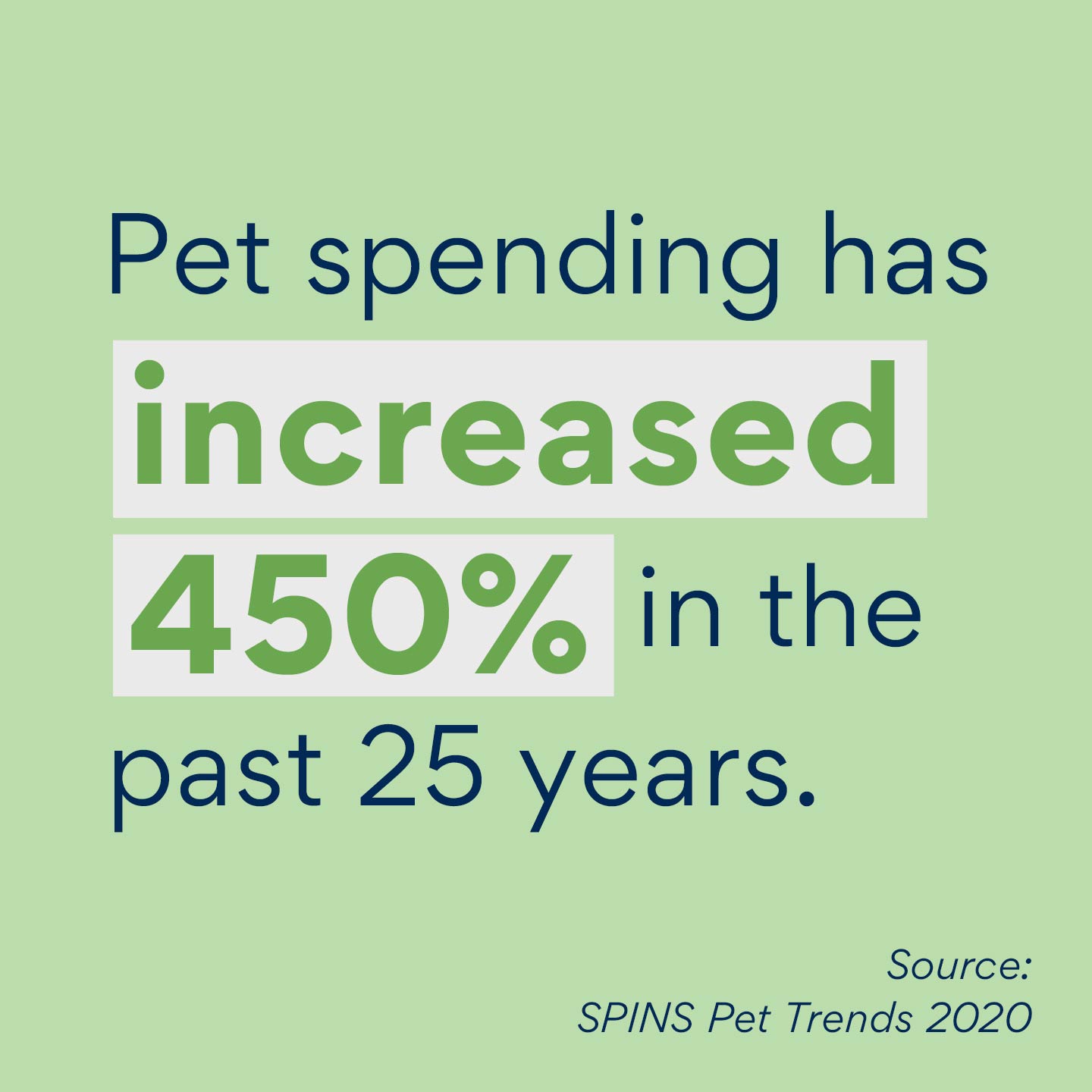

2 Wellness Supplements
What are supplements, exactly? They’re vitamins and other nutrients provided to a pet outside of their daily diet.
“Just like with people, different pets will have different needs from their diet,” says Dr. Katy Nelson, DVM, Chewy’s resident veterinarian.”
Depending on a pet’s breed, age, lifestyle, medical conditions and the quality of their food, she adds, a pet could benefit from a supplement boost. Supplements can be especially helpful in addressing joint disease, dermatological and digestive disorders, liver and heart disease and behavioral issues, she says. Find out more about the best vitamins and supplements.
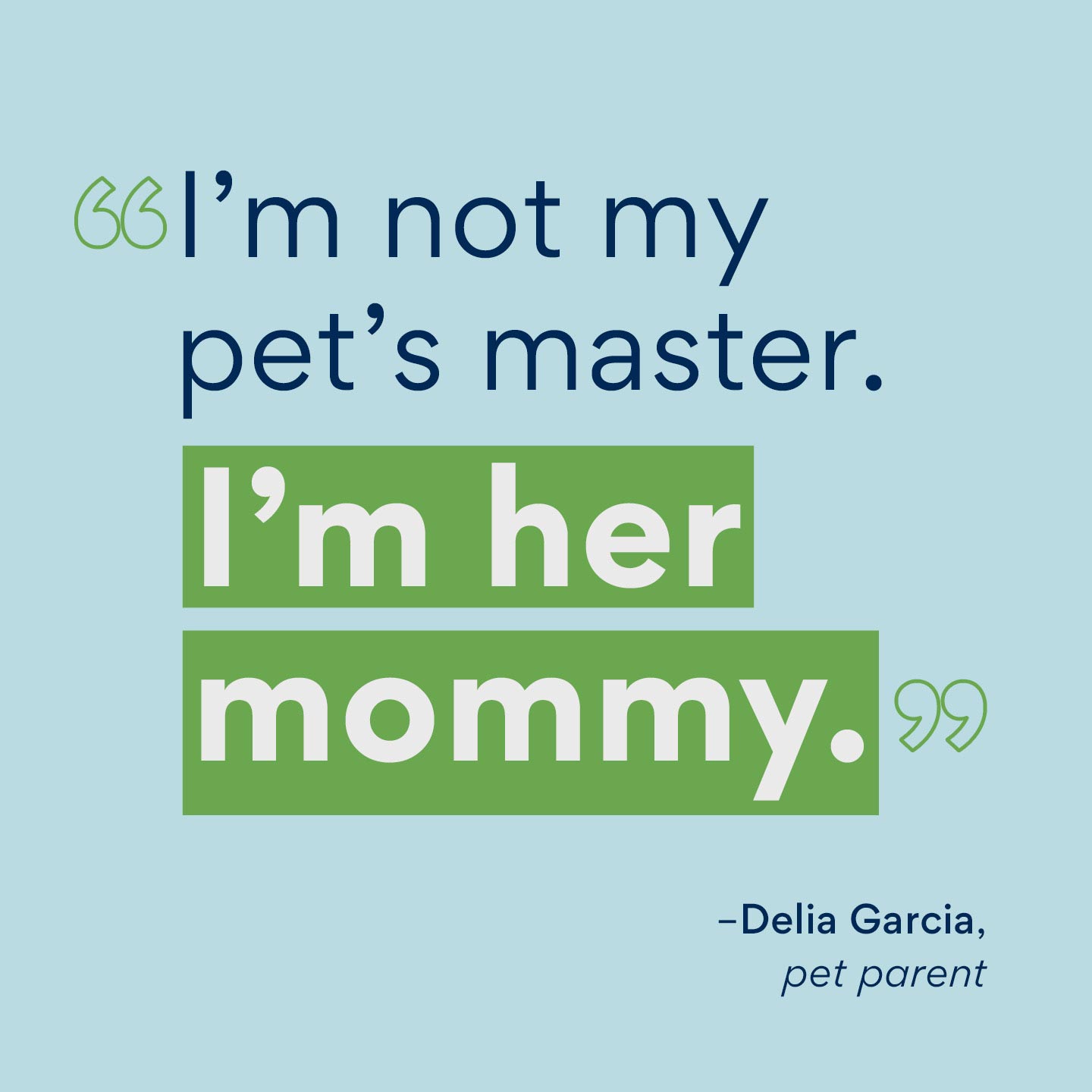
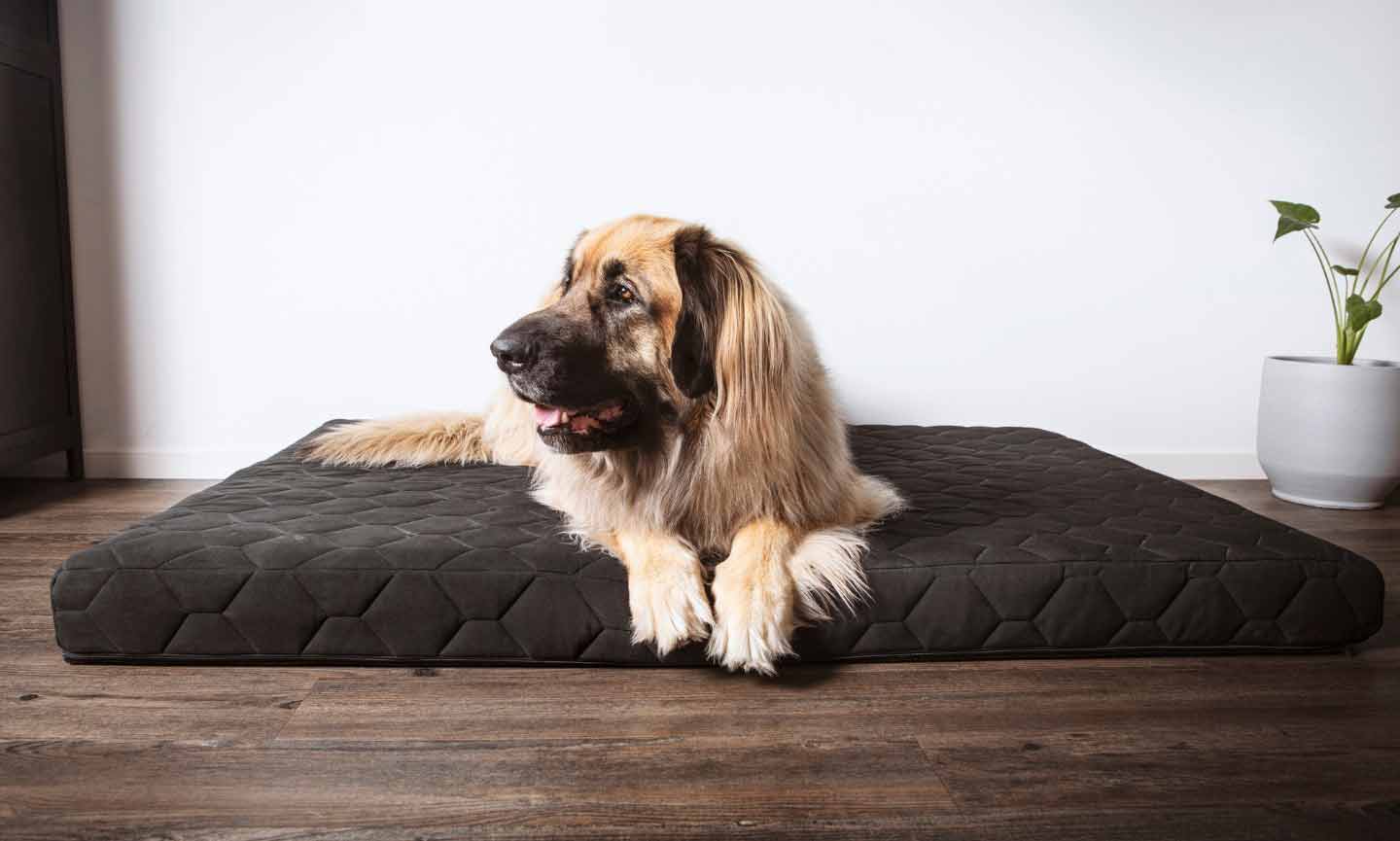
3 Luxury Beds
“I never expected it to grow like it did,” says CEO and founder Eric Shannon. “I really thought it was going to be a small little company.”
But lifelong dog-lover Shannon had underestimated just how much people love their pets. Pet parents are investing more in high-quality beds and other furniture across the board, according to Grand View Research—and not just parents of pets with joint issues like arthritis, who often benefit most from orthopedic bedding. Though Big Barker’s beds, which were found to increase joint improvement among large dogs by 17.6% in a University of Pennsylvania clinical trial, have become popular among dog parents, only about half of Big Barker’s customers have typically healthy canines.
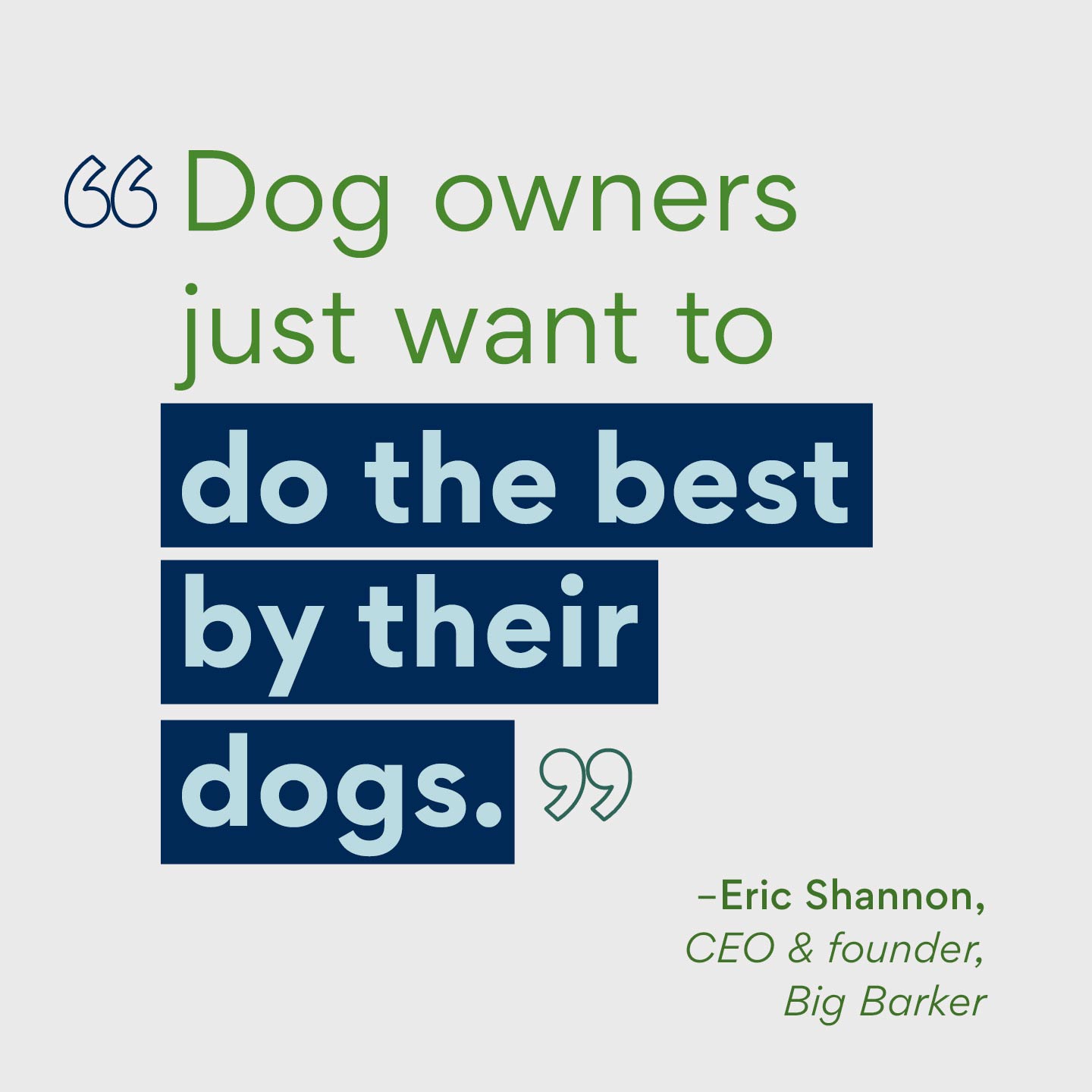

4 Specialty Medicine
Dr. Voulgaris found that Nala had a minor tear in a ligament that was impacting her ability to walk. Rather than go for an invasive surgery, Voulgaris and Alvarez rehabbed Nala’s knee with exercises, stretches and physical therapy on a water treadmill.
Alvarez and Nala’s story is increasingly common. The demand for veterinary services is on the rise, with the number of veterinarians in the U.S. expected to rise by 13% by the year 2027, according to the AVMA. Specialty vet services—everything from animal nutritionists to oncologists, dermatologists, opthamologists and beyond—are among the fastest-growing segments, increasing 90% between the years 2007 and 2012 and another 32% from 2012 to 2017. That’s more than pet pampering—it’s what happens when pet parents start taking their pets’ health seriously.


5 Pet Fashion
What does that mean for pet parents with a penchant for fashion? Way more options for dressing their pets to the nines. There’s a style to match any pet, from designer looks like the ones Delia Garcia and her pups prefer, to cozy, retro, floral, and even formalwear.
While achieving maximum cuteness is reason enough to pamper your pet with new clothes, it's not all about looks. For many pet parents, providing clothing is another way or keeping their pet healthy and happy. Some pets in cold climates need coats to stay comfortable while outdoors. Booties protect pets’ feet from hot pavement in the summer and salt-sprinkled sidewalks in winter. And accessories like dog goggles and sunglasses protect a pet’s eyes, especially during activities like swimming or trail running.
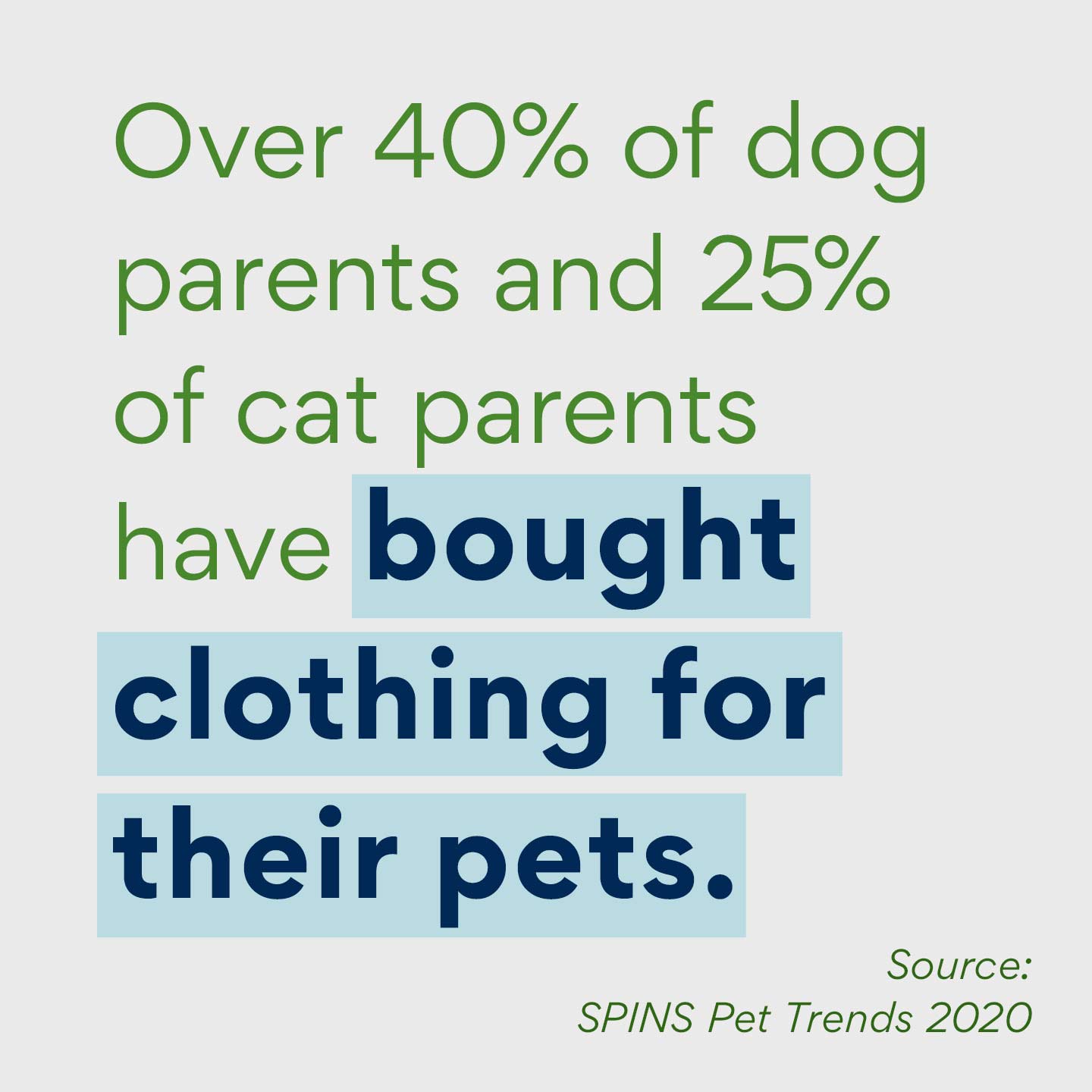
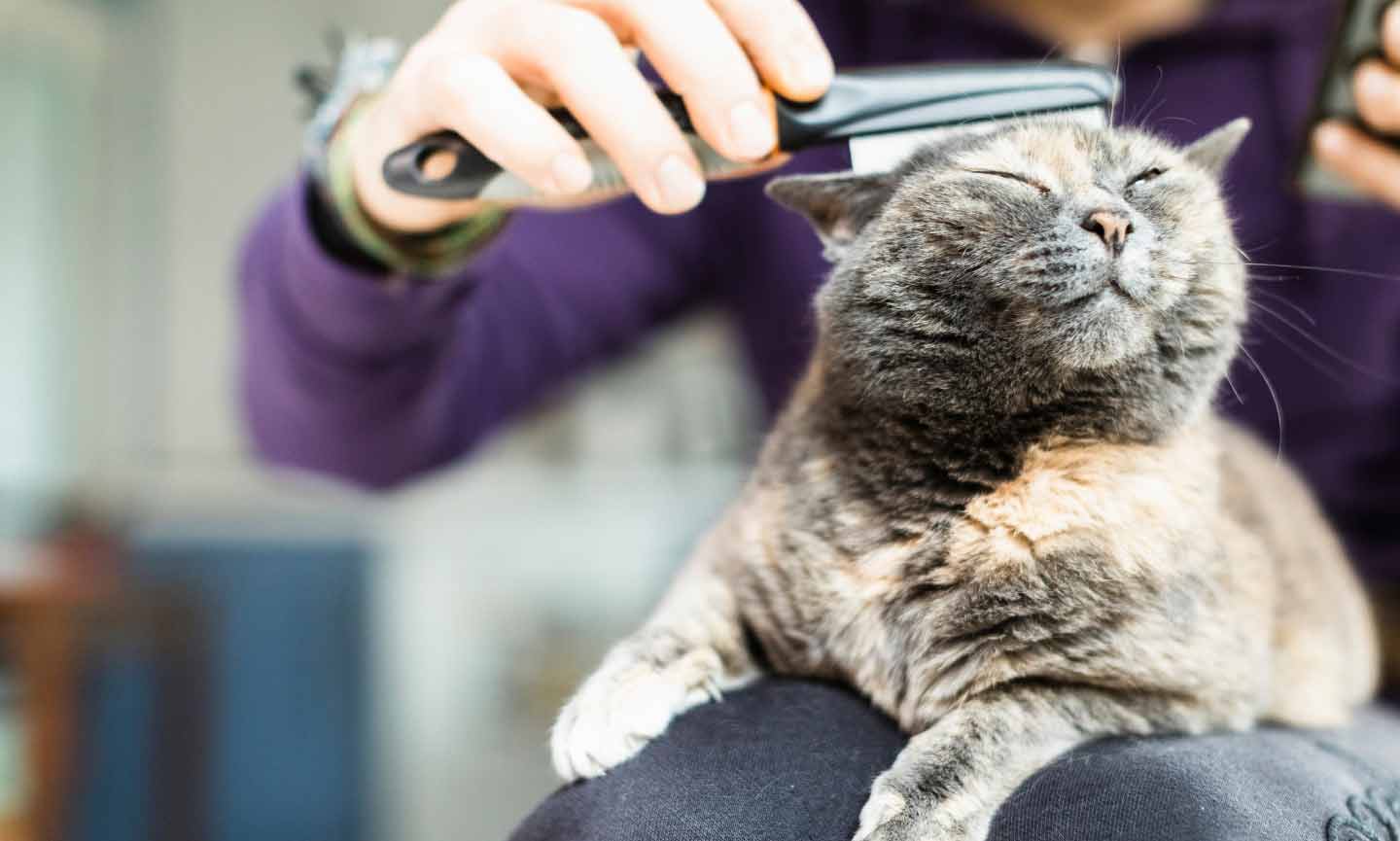
6Grooming and Spa Trips
Years ago, a trip to the groomer used to mean a bath, a haircut and a nail trim. But today’s pet parents have a wide range of services at their fingertips—and many of them are indulging in a little extra pampering for their pets.
Highlighted fur, jeweled accessories and colorfully polished nails are among Animal Wellness Magazine’s list of the latest grooming trends. No, these don’t have much of a health advantage—but they do let pet parents express their unique style in fresh, modern ways. Spa sessions for pets are also on the rise, with massage and Reiki treatments especially popular, according to Animal Wellness. That, in part, is why the grooming industry has grown by the millions in recent years, and is projected to be worth nearly $8 billion in 2022, compared to under $6 billion in 2012.
From mobility-enhancing healthcare to the latest in dog fashion, today’s pet parents are committed to providing the best lives for their four-legged loved ones. Ultimately, Alvarez says, it’s not about pampering her dogs—it’s about fulfilling her responsibilities as a pet parent.
“I love them, and I don't treat them any different than a human,” she says. “They're my family.”
Read More
Share:
